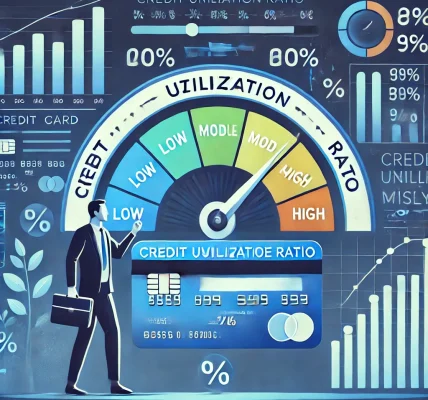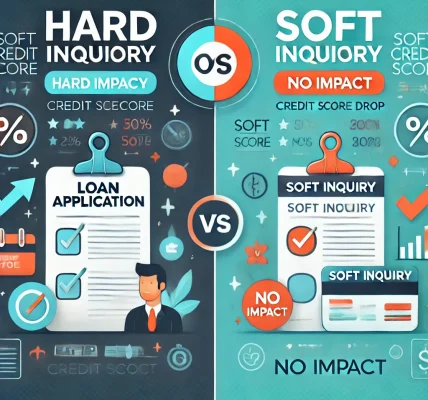Introduction
Your credit utilization ratio is one of the most important factors affecting your credit score. Many people overlook this metric, but it plays a significant role in determining your creditworthiness. If you’re struggling with a low credit score or want to optimize your finances, understanding and managing your credit utilization ratio can be a game-changer.
In this guide, we’ll break down what credit utilization is, why it matters, and provide actionable strategies to keep it in check while staying financially healthy.
What Is Credit Utilization Ratio?
Credit utilization ratio refers to the percentage of your available credit that you are currently using. It is calculated by dividing your total credit card balances by your total credit limit and multiplying by 100 to get a percentage.
Formula:
For example, if you have a total credit limit of $10,000 and your current balance across all credit cards is $3,000, your credit utilization ratio would be 30%.
Why Credit Utilization Ratio Matters
Your credit utilization ratio is a key component of your credit score. In fact, it makes up about 30% of your FICO score, second only to payment history. Here’s why it matters:
- Impacts Your Credit Score – High credit utilization can lower your credit score, making it harder to get approved for loans and credit lines.
- Indicates Financial Responsibility – Lenders view a low utilization ratio as a sign that you manage credit wisely and are not over-reliant on borrowed money.
- Affects Interest Rates – A lower credit utilization ratio can help you qualify for loans and credit cards with better interest rates.
- Influences Loan Approvals – Many lenders consider your credit utilization when deciding whether to approve your application for a mortgage, auto loan, or personal loan.
How to Manage and Improve Your Credit Utilization Ratio
1. Keep Balances Low on Credit Cards
Aim to keep your credit card balances as low as possible. Ideally, try to keep your credit utilization below 30%, and if possible, below 10% for an even greater positive impact on your credit score.
2. Request a Credit Limit Increase
If you have a good payment history, consider requesting a credit limit increase from your card issuer. This can lower your utilization ratio without reducing your spending.
Example:
- Current credit limit: $5,000
- Current balance: $1,500
- Utilization ratio: 30%
- If your limit increases to $10,000, your utilization drops to 15%.
3. Pay Off Credit Card Balances Early
Credit bureaus report balances to lenders at the end of each billing cycle. Paying off your balance before the statement closing date can reduce your reported utilization ratio.
4. Spread Out Your Balances
Instead of maxing out one credit card, distribute your spending across multiple cards to keep individual utilization rates low.
5. Use a Personal Loan to Consolidate Debt
If you’re carrying high balances on multiple credit cards, consolidating your debt with a personal loan can help. This shifts revolving debt to installment debt, which has less impact on your utilization ratio.
6. Become an Authorized User
If a family member has a well-managed credit card with a high limit and low utilization, becoming an authorized user on their account can help improve your credit profile.
7. Avoid Closing Old Credit Accounts
Closing a credit card account reduces your total available credit, which can increase your utilization ratio. Keep old accounts open, especially if they have no annual fees.
Common Myths About Credit Utilization
Myth #1: You Should Carry a Balance to Improve Your Score
- Reality: Paying off your balance in full each month is the best approach. Carrying a balance does not improve your score and results in unnecessary interest charges.
Myth #2: A 50% Utilization Rate Is Acceptable
- Reality: While 50% is better than maxing out your cards, keeping your utilization below 30% (or ideally below 10%) is recommended.
Myth #3: Utilization Ratio Only Matters for Individual Cards
- Reality: Credit bureaus consider both your overall utilization and the utilization on individual cards.
Final Thoughts
Your credit utilization ratio is a powerful factor in your financial health. By keeping balances low, increasing your credit limits, and using credit responsibly, you can boost your credit score and improve your financial opportunities.




